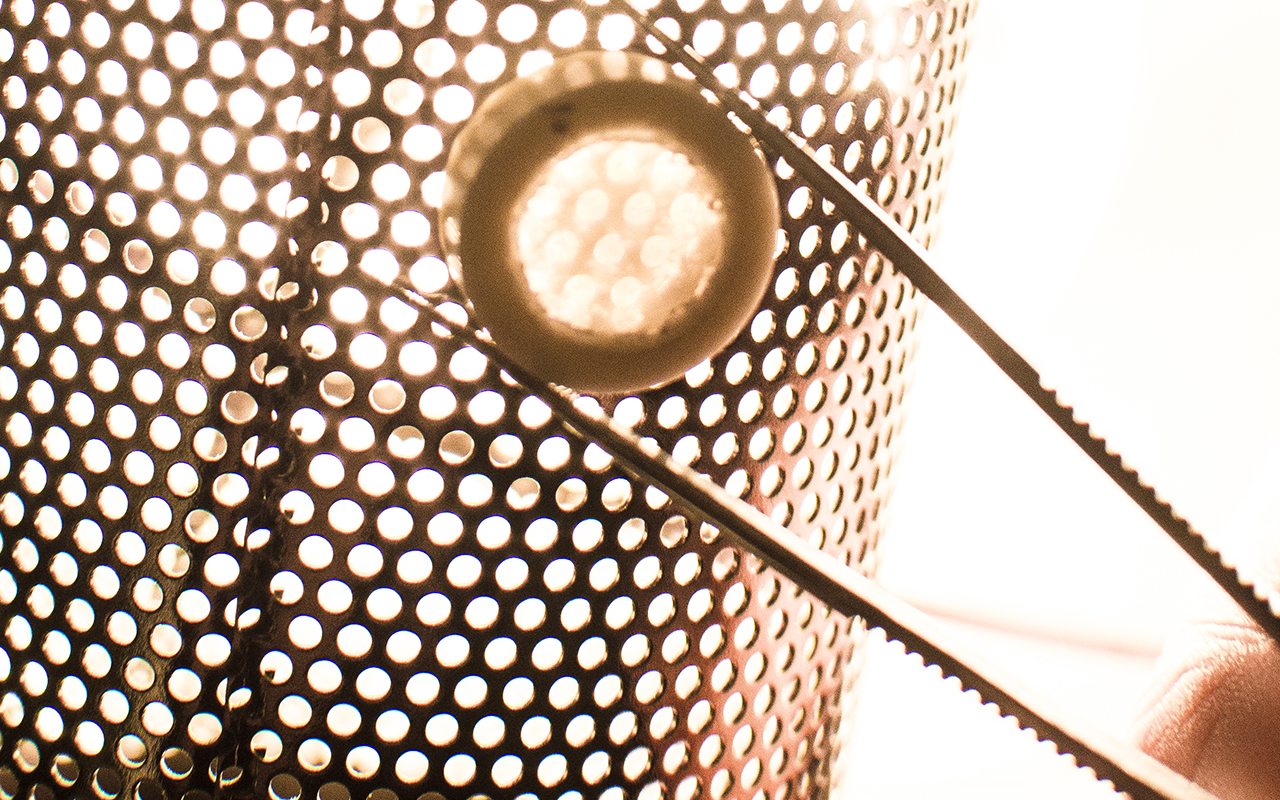(Colour-changing artificial ‘chameleon skin’ powered by nanomachines)
2019/8/21 英国ケンブリッジ大学


・ ケンブリッジ大学が、光や熱に反応して色を変化させる、人工クロマトフォア(色素胞)を開発。
・ カメレオンやイカは、色素を移動させる収縮性繊維を備えた皮膚細胞である、色素胞の仕組みで身体表面の色を変える。色素の拡散で何らかの色を、その凝集で無色を呈する。
・ 生物のこのような色素胞の原理を活用した同人工色素胞は、ポリマーシェルでコーティングした金ナノ粒子を油脂中の微小水滴に充填したもの。光によるナノメカニズムの働きで生物の収縮性繊維の機能を代替し、微小水滴が細胞の役割を担う、ナノスケールの技術を活用したバイオミミクリ (biomimicry)。
・ 同人工色素胞材料を 32℃以上で熱すると、ポリマーコーティングが全水分を放出して崩壊する一方で、金ナノ粒子が大量の弾性エネルギーを蓄える。これによりナノ粒子が凝集して高密度のクラスタ (塊り)を作る。材料が冷えると、ポリマーが水を取り込んで膨張し、金ナノ粒子が急速に分離する。
・ ナノ粒子を微小水滴に充填することで、ナノ粒子のクラスタの形状とサイズの制御が可能に。ナノ粒子が拡散した場合は赤色、凝集した場合は深青色、のようにクラスタ化したナノ粒子の形態で呈色が変わる。微小水滴もナノ粒子のクラスタを凝縮するため、クラスタ同士が互いの影となってクラスタ化した状態をほぼ透明にする。
・ 同材料は現時点では単層であるため、単色の変化のみが可能。別の層で異なる材料と形状のナノ粒子を使用すれば、カメレオンの皮膚のような完全にダイナミックな材料の作製が可能。
・ さらに、同人工色素胞では、藻類のボルボックスのように単純な動きが可能なことも確認。微小水滴のエッジに光を照射するとその表面が剥離して光に向かって前進し、より強い光の照射では高圧気泡が形成され、その表面に沿って微小水滴が移動する。
・ 現在、ロール・ツー・ロールフィルムによるメートルサイズの色変化シートの作製について研究中。パターン照射を使用した光トリガーによる微小水滴の「群れ」の作製も目指す。
・ 本研究には、欧州研究会議(ERC)および英国工学・物理科学研究評議会(EPSRC)が資金を提供した。
URL: https://www.cam.ac.uk/research/news/colour-changing-artificial-chameleon-skin-poweredby-nanomachines (関連情報) Advanced Enginerring Materials 掲載論文(アブストラクトのみ:全文は有料) Motile Artificial Chromatophores: Light‐Triggered Nanoparticles for Microdroplet Locomotion and Color Change URL: https://onlinelibrary.wiley.com/doi/abs/10.1002/adom.201900951
<NEDO海外技術情報より>
Abstract
Gold nanoparticles coated with a poly(N‐isopropylacrylamide) (pNIPAM) shell undergo reversible dis/assembly below and above the critical temperature of 32 °C. Loading these particles into microdroplets at high density creates light‐driven artificial chromatophores. Triggering the nanoparticle assembly gives dramatic color changes from nanoparticle localization at the base of the droplets, resembling zebrafish melanophores. These reversible chromatophore states can be switched by both bulk and optical heating, explored here in individual microdroplets and in large cm2 areas of close‐packed droplets. Illuminating chromatophores off‐center with a tightly focused beam results in droplet locomotion via two separate mechanisms, Marangoni interfacial shear and gas bubble propulsion, depending on optical power.



